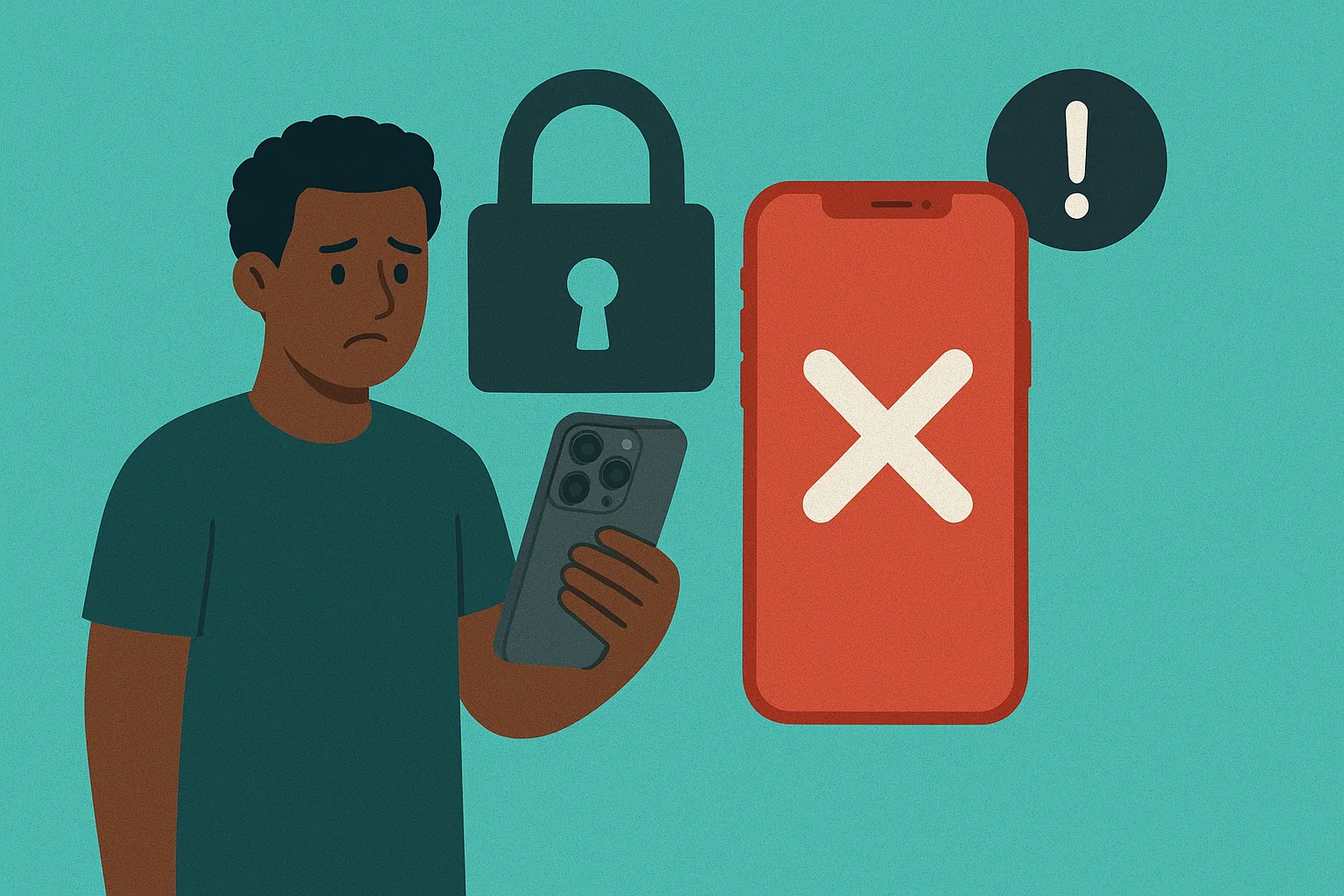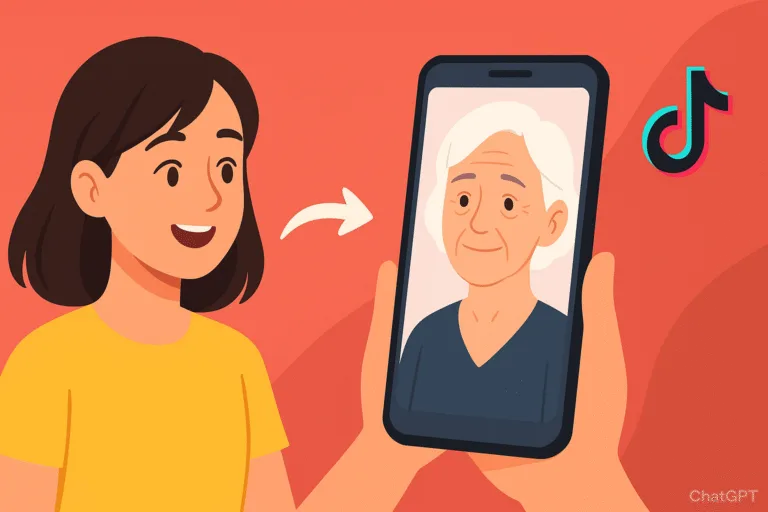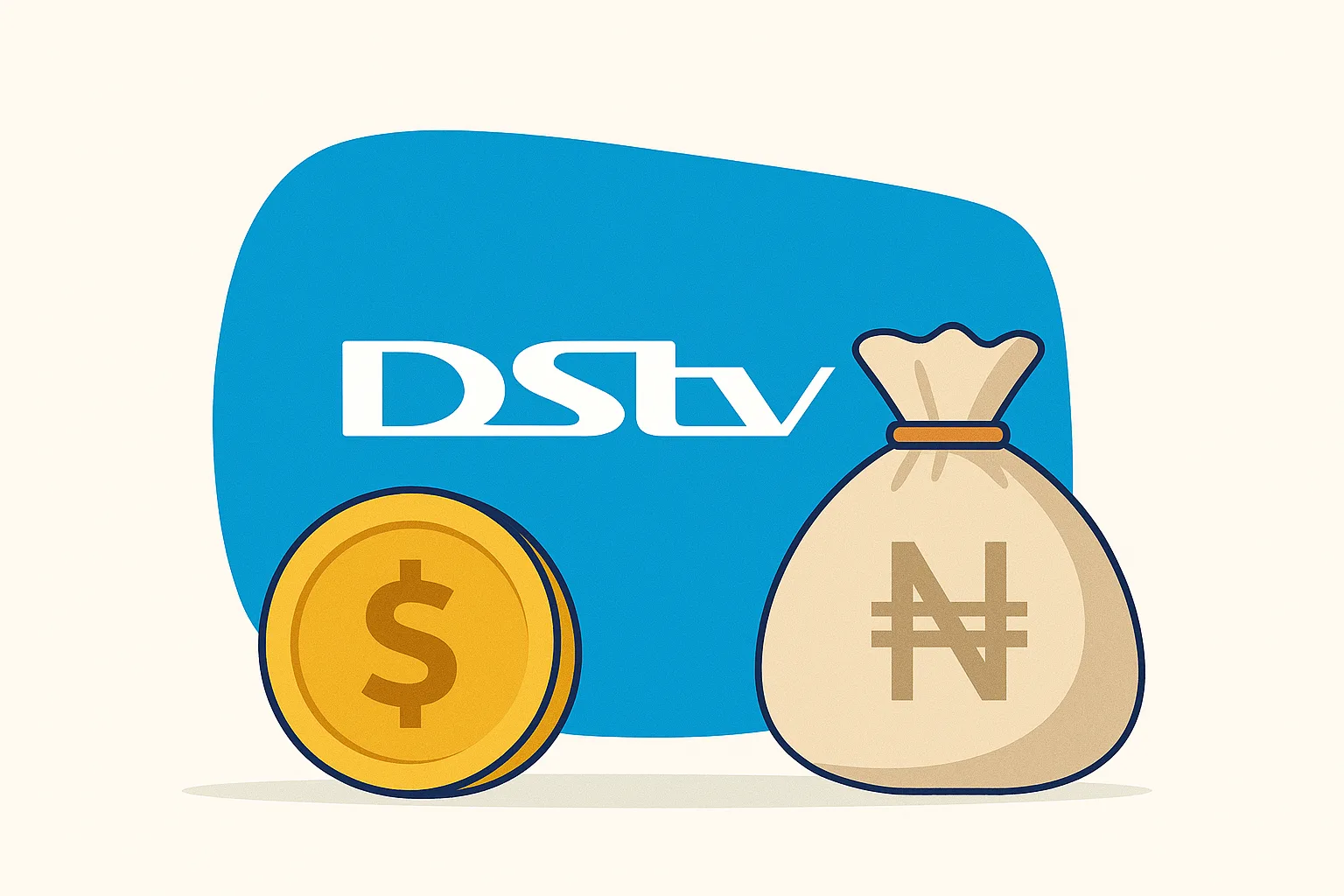You’ve been saving up for months, maybe even a year. You finally have enough money to buy that iPhone 17 Pro Max you’ve been eyeing. You find a vendor, maybe through Instagram, a friend’s recommendation, or a shop in the commercial district. The price is good, not suspiciously cheap, but reasonable enough to feel like a deal. The phone looks perfect. The box seems authentic. The startup animation is smooth. You pay, walk away happy, and start showing off your new flagship iPhone.
Then a few days later, something feels off. The camera doesn’t quite perform like the reviews said it would. The battery drains faster than expected. You try to update iOS, and strange errors appear. You take it to a service center for a screen protector installation, and the technician gives you a look. That’s when you learn the truth: you’re holding a modified iPhone XR from 2018, not the 2025 flagship you paid for.
This scam has become alarmingly common across African markets. Chinese factories have perfected the art of taking old iPhone XR models and transforming them into convincing replicas of current flagship models. New titanium-style casings, updated camera modules that look identical to the latest iPhones, modified software that mimics iOS 18, even fake packaging that passes casual inspection. These modified phones flood markets in Lagos, Nairobi, Accra, Johannesburg, and every major African city. Some vendors know exactly what they’re selling and lie deliberately. Others might genuinely not know they’re dealing in modified devices. Either way, you’re the one who loses.
The problem isn’t just losing money. It’s the embarrassment when friends discover your “Pro Max” is fake. It’s the frustration when the phone can’t run apps properly. It’s the security risk of modified software that might contain malware. Understanding how to spot these fakes before handing over your hard-earned money can save you from a painful and expensive mistake.
Table of Contents
Why Are Modified iPhone XRs So Common in Africa?
Africa presents an attractive market for several reasons. Import regulations are different in each country, making it easier to bring in these modified devices without stringent checks. The high demand for iPhones combined with limited official Apple presence in many African countries creates a gap that scammers exploit. Many buyers can’t easily verify authenticity through Apple stores because there aren’t any nearby.
The modifications have become incredibly sophisticated. We’re not talking about obvious fakes anymore. These modified XRs have:
- New exterior casings made from materials that feel similar to titanium or premium aluminum. The weight and finish can fool even experienced phone users during a quick inspection.
- Replacement camera modules that physically look identical to iPhone 17 Pro Max cameras. They’re not functional equivalents, but from the outside, the camera bump, lens arrangement, and design match perfectly.
- Modified software interfaces that mimic iOS 18. The icons, animations, and even settings menus look convincing at first glance. Some even show “iPhone 17 Pro Max” in the About section.
Packaging that’s nearly indistinguishable from authentic Apple boxes. The printing quality, materials, and included accessories all look legitimate. Even the serial numbers on the box might scan as valid initially.

How Can I Tell If an iPhone 17 Pro Max Is Real
The most reliable verification happens before you buy, not after. Once money changes hands, getting it back becomes nearly impossible, especially in markets where transactions are cash-based and sellers disappear quickly.
Check the IMEI number immediately
Every iPhone has a unique IMEI number found in Settings, General, About. Write down this number and check it on Apple’s official website (checkcoverage.apple.com). Enter the IMEI and see what device Apple’s system reports. If you’re supposedly buying an iPhone 17 Pro Max but the IMEI shows iPhone XR, you’ve caught the scam. Do this check in front of the seller before paying. If they refuse to let you check, walk away immediately.
Examine the serial number on the box and phone
These should match exactly. Go to Settings, General, About, and check the serial number. Compare it to the serial number printed on the box. Then verify both numbers on Apple’s website. Modified phones often have mismatched serials or serials that don’t exist in Apple’s system.
Test Face ID and advanced features
The iPhone XR has Face ID, but it’s an older version. The iPhone 17 Pro Max has improved Face ID that works at wider angles and in more lighting conditions. Test it thoroughly. Also check for features that the XR simply doesn’t have, like ProMotion 120Hz display. Go to Settings, Accessibility, Motion, and look for “Limit Frame Rate” toggle. If this option doesn’t exist or doesn’t work properly, you’re not holding a Pro Max.
Inspect the cameras carefully
The iPhone 17 Pro Max has a sophisticated camera system with multiple lenses. Take test photos in various conditions. Check if the telephoto zoom actually works or if it’s digital zoom pretending to be optical. Use Portrait mode and verify the quality. Modified XRs might have camera bumps that look right, but the actual photo quality and features won’t match. Also, try switching between lenses. If the transition seems fake or some lenses don’t work, it’s modified.
Verify iOS updates
Go to Settings, General, Software Update. A genuine iPhone 17 Pro Max will connect to Apple’s servers and show genuine update options. Modified phones often can’t update properly or show errors. Some have modified software that looks like iOS but isn’t actually connected to Apple’s update servers.
Examine the USB-C port
iPhone 15 and later models use USB-C, not Lightning. The iPhone XR uses Lightning. If you’re being sold an “iPhone 17 Pro Max” but it has a Lightning port, you’ve found the scam. Some modification operations even swap the port to USB-C, so also test charging with a genuine USB-C cable and watch how the phone responds.
Check 5G connectivity
The iPhone 17 Pro Max supports advanced 5G bands. The iPhone XR only supports 4G LTE. If you insert a SIM card and check Settings, Cellular, Cellular Data Options, you should see 5G options. If only LTE appears, you’re not holding a 5G-capable phone.
Test the Dynamic Island functionality
This is one of the easiest ways to catch a modified iPhone XR. The iPhone XR has a large notch at the top of the screen, the old-style cutout that houses the front camera and Face ID sensors. The iPhone 17 Pro Max has the Dynamic Island, which is a pill-shaped cutout that expands and contracts with animations to show notifications, alerts, and ongoing activities.
Modified phones can’t fake Dynamic Island properly. Some might add a black pill-shaped graphic to the screen to mimic the appearance, but it won’t actually function. Here’s how to test it: play music from Apple Music or Spotify and watch the top of the screen. On a real iPhone 17 Pro Max, the Dynamic Island expands to show album art and playback controls with smooth animations. You can long-press it to see expanded controls. A fake will either show nothing, display a static image, or have clunky animations that don’t respond to touch properly.
Also check incoming notifications. When you receive a notification on a real iPhone 17 Pro Max, the Dynamic Island briefly expands to show it with fluid animations. Face ID authentication also causes the Dynamic Island to animate with a unlock symbol. These are impossible to fake convincingly on modified hardware.

What Red Flags Should Make You Walk Away?
Some warning signs appear before you even touch the phone. These red flags should make you immediately reconsider the purchase.
The price is too good
A genuine iPhone 17 Pro Max costs a specific amount. If someone offers it for 30-40% less than every other vendor, question why. Yes, sometimes deals exist, but dramatic price differences usually signal something wrong. Scammers often price modified phones below market rate but not suspiciously cheap, maybe 20% off. This feels like a deal without triggering alarm bells.
The seller won’t let you verify the IMEI
Any legitimate vendor should welcome verification. They want you to trust the purchase. If someone gets defensive, makes excuses about time, or refuses to let you check the IMEI on Apple’s website before paying, leave immediately. This is the biggest red flag.
No official receipt or invoice
Legitimate vendors provide proper documentation: receipts with business details, warranties, and return policies. Street vendors and Instagram sellers who only offer WhatsApp confirmations or handwritten notes are high risk. You have no recourse if something goes wrong.
The box looks slightly off
Apple’s packaging is perfect. The printing is sharp, colors are accurate, and materials feel premium. If the box seems even slightly cheap, colors look faded, or printing appears blurry, you’re looking at fake packaging. Trust your instincts on this.
The seller operates only online with no physical address
Instagram and WhatsApp vendors who won’t meet at a verifiable business location are risky. If they insist on meeting at random public places and won’t provide a physical shop address, be extremely careful. Legitimate businesses have locations you can return to if there are any issues.
The phone is sealed but the seller offers to “test it for you”
This is a clever trick. They open the box away from your view, “test” it quickly, then hand it to you already on. This prevents you from seeing the initial startup sequence and checking details carefully. Insist on opening sealed boxes yourself and going through the setup process personally.

Where to Buy Genuine iPhone 17 Pro Max
Location and vendor choice dramatically affect your chances of getting scammed.
Authorized Apple resellers and carrier stores are safest. While Apple has limited official presence in Africa, some countries have authorized resellers. These stores have agreements with Apple and sell genuine products. Prices might be higher, but authenticity is guaranteed. Check Apple’s website for lists of authorized resellers in your country.
Established electronics retailers with physical locations are your next best option. Stores that have been operating for years, have multiple branches, and deal with various electronics brands are generally reliable. They have reputations to protect and return policies to honor.
Avoid random Instagram and Facebook vendors unless you can thoroughly verify their legitimacy. Social media marketplaces are flooded with scammers. Some are legitimate, but distinguishing between them requires careful research. Check how long the account has existed, read all reviews carefully (watching for fake positive reviews), and verify they have a physical business location.
Buy from people you trust personally. If a friend or family member is traveling to the US, UK, or UAE, ask them to buy the phone directly from an Apple Store. You’ll pay full price plus their travel favor, but you’ll know it’s genuine. This is how many Africans safely acquire iPhones.
Consider official Apple online store delivery where available. Some African countries now have Apple online stores that deliver. Shipping times might be long and prices higher due to import duties, but authenticity is guaranteed.
What Should I Do If I Already Bought a Fake iPhone 17 Pro Max?
Discovering you’ve been scammed is devastating, but you have some options depending on how quickly you realize it.
Act immediately. The sooner you discover the fake, the better your chances of resolution. If you’re still with the seller or it’s been less than an hour, return immediately and demand a refund. Stay calm but firm. Many scammers will refund if confronted immediately because they don’t want police involvement or scene creation.
Document everything. Take photos of the phone, box, receipts, and any conversations with the seller. Screenshot WhatsApp chats, save text messages, and record any details about where you met or bought the phone. This documentation helps if you pursue legal action or report to authorities.
Report to consumer protection agencies. Many African countries have consumer protection organizations. While resolution isn’t guaranteed, reports help track scammers and sometimes pressure sellers to provide refunds.
Contact the police. This is fraud, which is a criminal offense. File a police report with all your documentation. Police might not always prioritize these cases, but having an official report helps if you pursue other remedies. In some countries, enough reports about a specific vendor can trigger investigations.
Warn others publicly. Share your experience on social media, review platforms, and community groups. Name the vendor (with evidence) to prevent others from falling victim. Your warning might save someone else from the same scam. However, be factual and stick to documented evidence to avoid defamation issues.
Learn from it. This sounds harsh when you’re hurting financially, but treating it as an expensive lesson helps you move forward. You now know exactly what to check, what red flags to watch for, and how scammers operate. Share this knowledge with friends and family.
Consider selling it honestly. If you can’t get a refund, you’re stuck with an iPhone XR worth far less than you paid. Sell it honestly as an iPhone XR, not as the Pro Max you thought you bought. At least recover some money rather than keeping a phone you resent.
Can Modified Phones Be Dangerous Beyond Just Losing Money?
The financial loss hurts, but modified phones carry additional risks that many buyers don’t consider until too late.
- Security vulnerabilities are serious concerns. Modified software that mimics iOS might contain malware, spyware, or backdoors. Your personal information, banking apps, passwords, and private communications could be compromised. Some modified phones come with pre-installed malware designed to steal data or monitor activity.
- No software updates means security vulnerabilities never get patched. Apple regularly releases updates fixing security flaws. Modified phones can’t install genuine iOS updates, leaving you permanently vulnerable to known exploits.
- Poor battery quality is common in modified phones. The batteries might be old, degraded, or cheap replacements.
- Unreliable performance affects daily use. The phone might freeze randomly, apps might crash frequently, and basic functions might fail unexpectedly.
- No warranty or support. If something breaks, you can’t take it to Apple. You’re stuck with an expensive paperweight or paying for third-party repairs that might cost more than the phone’s actual worth.
- Resale impossibility. You can’t honestly resell a modified phone as genuine, and selling it dishonestly makes you part of the scam cycle. The phone has essentially zero legitimate resale value once identified as fake.
The iPhone market in Africa will continue attracting scammers as long as demand remains high and official Apple presence stays limited. Chinese factories will keep perfecting their modifications, making detection harder. Your safest approach is to stay cautious, double-check details, and buy only from sources you can trust.
Saving a few thousand naira, shillings, or rand isn’t worth the risk when buying from questionable vendors. The premium you pay at established retailers buys peace of mind and guaranteed authenticity. Take your time, check everything twice, trust your instincts when something feels off, and remember that if a deal seems too good to be true, it almost certainly is.




